The previous pages have concentrated on getting ready for the next earthquake. What should you do during and after earthquakes?
The area near the exterior walls of a building is the most dangerous place to be. Windows, facades and architectural details are often the first parts of the building to collapse. To stay away from this danger zone, stay inside if you are inside and outside if you are outside.
Learn more about what to do (and what not to do) to protect yourself during earthquakes at www.dropcoverholdon.org.

![]()
“HEAD FOR THE DOORWAY.”
An enduring earthquake image of California is a collapsed adobe home with the door frame as the only standing part. From this came our belief that a doorway is the safest place to be during an earthquake. True- if you live in an old, unreinforced adobe house. In modern houses, doorways are no stronger than any other part of the house. You are safer under a table.
Los Angeles County Firefighters demonstrate
Drop, Cover, and Hold On
If you are…
Indoors: Drop, cover, and hold on. Drop to the floor, take cover under a sturdy desk or table, and hold on to it firmly. Be prepared to move with it until the shaking stops. If you are not near a desk or table, drop to the floor against the interior wall and protect your head and neck with your arms. Avoid exterior walls, windows, hanging objects, mirrors, tall furniture, large appliances, and kitchen cabinets with heavy objects or glass. Do not go outside!
 How will I know if an earthquake is big enough to cause a tsunami?
How will I know if an earthquake is big enough to cause a tsunami?
Get into the habit of COUNTING how long the earthquake lasts. If you count 20 seconds or more of shaking and are in a tsunami hazard zone, evacuate to a safe area as soon as you can safely walk. Even if you aren’t in a tsunami zone, counting is a good idea – it will help to keep you calm.
EVACUATE if you are in tsunami hazard zone.
For a large local earthquake, feeling strong ground shaking may be the only warning you will get that a tsunami is on its way. Use tsunami hazard maps and posted hazard zone signs to identify safe evacuation areas.
> If you are at the beach, move to higher ground immediately – no matter how small the earthquake.
> If you are in a tsunami hazard zone and the earthquake is very strong, immediately gather your family members, grab your tsunami disaster kit, and WALK to a safe area.
> If evacuation is impossible, go to the upper floor of a sturdy building or climb a tree. This should only be a last resort.
> Do not wait for an official warning.
STAY WHERE YOU ARE if you are not in a tsunami hazard zone.
You are not at risk of a tsunami. Unnecessary evacuation will put you at risk and hamper the evacuation of people who really need to get away from danger.
In bed: If you are in bed, hold on and stay there, protecting your head with a pillow. You are less likely to be injured staying where you are. Broken glass on the floor has caused injury to those who have rolled to the floor or tried to get to doorways.
In a wheelchair: Lock the wheels once you are in a safe position. If unable to move quickly, stay where you are. Cover your head and neck with your arms.
Outdoors: Move to a clear area if you can safely do so; avoid power lines, trees, signs, buildings, vehicles, and other hazards.
Driving: Pull over to the side of the road, stop, and set the parking brake. Avoid overpasses, bridges, power lines, signs and other hazards. Stay inside the vehicle until the shaking is over. If a power line falls on the car, stay inside until a trained person removes the wire.
In a high-rise: Drop, cover, and hold on. Avoid windows and other hazards. Do not use elevators. Do not be surprised if sprinkler systems or fire alarms activate.
In a stadium or theater: Stay at your seat and protect your head and neck with your arms. Don’t try to leave until the shaking is over. Then walk out slowly watching for anything that could fall in the aftershocks.
Below a dam: Dams can fail during a major earthquake. Catastrophic failure is unlikely, but if you live downstream from a dam, you should know flood-zone information and have prepared an evacuation plan.




